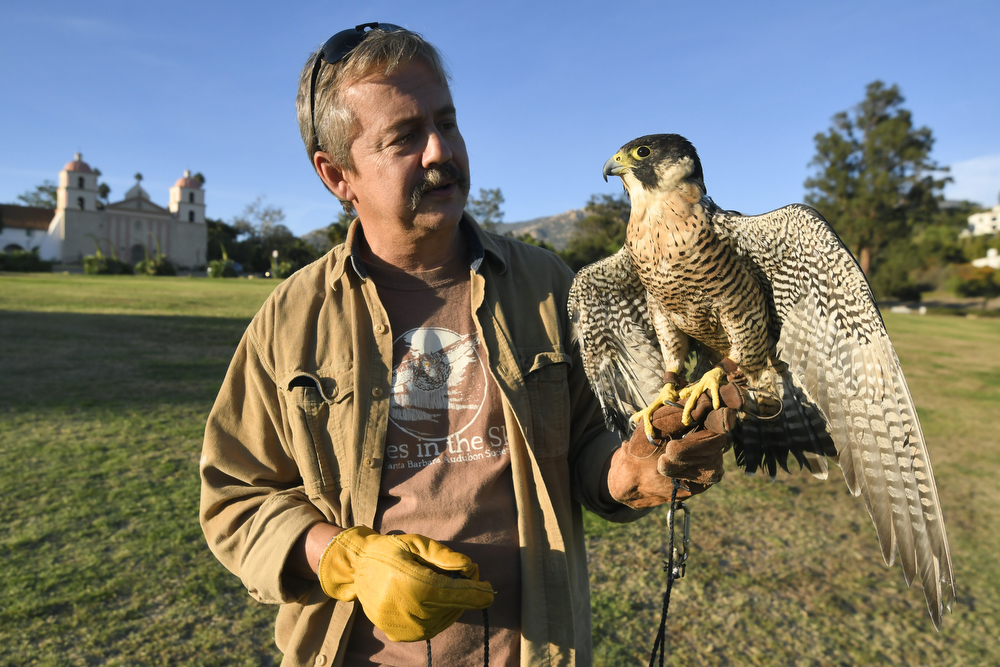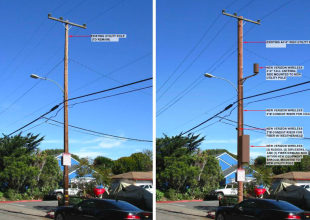
The peregrine falcon’s history on the Channel Islands has been a harrowing one, as the species disappeared in 1955 after a drastic decline in the 1940s due to toxic pesticide DDT contamination. Conservation efforts since 1983 have established resident pairs, and this week the national park launched the first-ever live webcam for a family of wild peregrine falcons on the islands. The camera setup is the first to view a wild peregrine nest in a natural setting sans any human interference.
The peregrine falcons had been common on all eight Channel Islands before DDT impacted their ability to hatch eggs. Many bird species were affected, and the pesticide was banned in 1972. Though its concentration in the environment and in animals decreased, because of its persistence in the environment, the peregrine population continued to suffer. Conservation efforts were made by biologists with the Santa Cruz Predatory Bird Research Group from 1983 to 1994 to restore the population, and 37 peregrine falcons were released throughout the Channel Islands.
Today, more than 50 resident pairs have hatched at least 49 chicks from nests located throughout all eight islands. The combined efforts of Explore.org and the Institute for Wildlife Studies have brought the bird’s-eye view of a peregrine family, just outside a cave on remote Anacapa Island. It’s been an occupied nest since 2013, and the mates are among the few reported breeding pairs since 1949.
The live stream gives viewers a front-row seat in a rare natural setting as the adult peregrine couple feed and nurture their hatchlings until they are ready to fledge.
To view the peregrine falcon webcam on Anacapa Island visit explore.org or watch below. Mobile users can view the live stream here.



